Blue Signal named a “Top Companies to Work for in Arizona” for the third year in a row receiving highly favorable employee engagement scores.
Arizona Capitol Times, Best Companies Group, and BestCompaniesAZ announced yesterday that Blue Signal has earned a spot on the 11th annual list of 2023 Top Companies to Work for in Arizona for the third consecutive year.
This highly selective list is the result of anonymous and comprehensive employee surveys measuring culture, work environment, leadership, and employee pride and satisfaction, combined with rigorous evaluations of workplace practices, policies, perks, and demographics.
“This year’s Top Companies were selected based on the results of a very highly favorable employee scores averaging 90% overall survey results and an impressive 92% overall employee engagement. This level of performance for Arizona companies is about three times the national average when compared to Gallup’s recent reporting of US engagement at about one-third favorable,” says Jaime Zepeda, EVP of Best Companies Group. “These winners should be very proud of their Top Companies status for this presents a powerful opportunity to attract and retain the very best talent.”
“We are honored to be included on this list of leading to companies to work for in Arizona for the third consecutive year. This award is a testament to our employees' hard work and dedication, and to our commitment to creating a workplace where everyone feels valued and respected," said Matt Walsh, CEO of Blue Signal. "We believe that a positive workplace culture is essential for employee satisfaction and engagement, and this award is a validation of our commitment to creating a workplace where everyone belongs and can thrive."
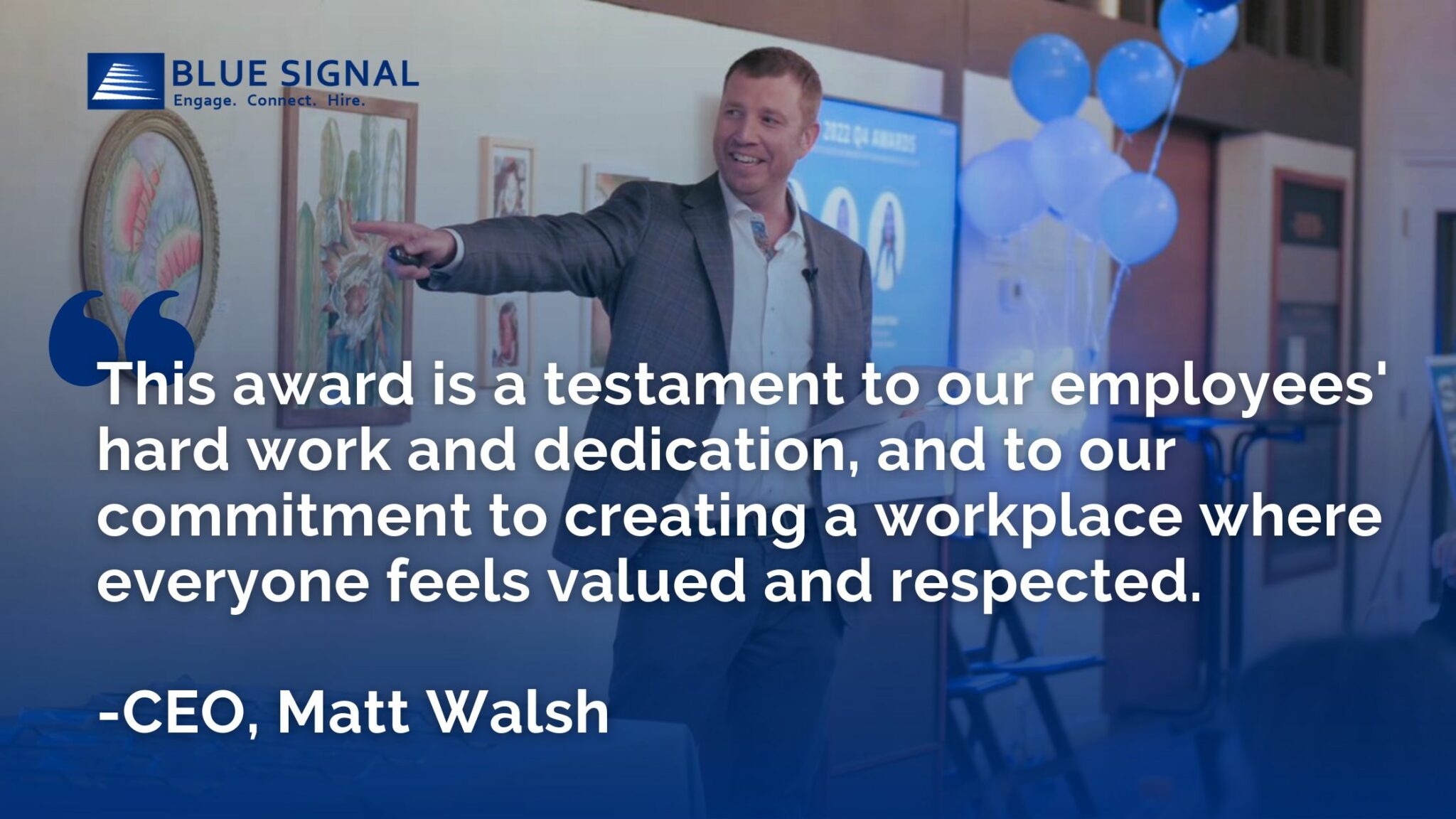
The “Top Companies" will be honored at a virtual event on Aug. 22 and a special supplement listing the rankings will be published by Arizona Capitol Times and BestCompaniesAZ on Aug. 25.
For complete details visit www.bluesignal.com or www.TopCompaniesArizona.com.
About Blue Signal Search
and recognized three times as a top companies to work for in Arizona. Blue Signal is a global staffing and recruiting firm headquartered in Phoenix, Arizona. Founded by Matt Walsh, CEO, Blue Signal has become a trusted partner in executive search, professional recruitment, and placement services. With 60+ dedicated employees, our hybrid team operates from offices in Phoenix, AZ, and Chicago, IL.
At Blue Signal, we understand the value of your time and investment in new hires. With over 2,200 successful placements and 230 years of combined recruiting experience, we provide personalized, long-lasting hiring support. Our deep industry knowledge and streamlined processes ensure securing top talent within tight timeframes. We offer a full-year replacement guarantee for permanent hires, backed by our exceptional candidate delivery.
Recognized by Forbes as one of America's Best Recruiting Firms, we are also finalists for the BBB Torch Awards for Ethics. Our accolades include consecutive appearances on the Inc. 5000 list, BPTW, and Inc. Power Partner's inaugural list. We pride ourselves on our company culture and are consistently named one of Inc.'s Best Workplaces. As industry experts, we invest in understanding your market and needs, acting as an extension of your company. We provide customized recruiting strategies, marketing support, extensive search reporting, and weekly updates. Choose Blue Signal as your dedicated recruiting partner, committed to excellence, partnership, and doing the right thing.
About Arizona Capitol Times
Arizona Capitol Times is the only media organization solely devoted to public policy and politics in Arizona. Independent and nonpartisan, we are the most trusted news source covering Arizona’s governments. Our physical proximity to the seat of power and unparalleled access to sources in the Capitol mean we consistently cover legislative and state government actions quickly, accurately and comprehensively.
About BestCompaniesAZ
BestCompaniesAZ is a marketing agency that specializes in employer branding. With more than 30 combined years of industry experience in public relations and human resources, BestCompaniesAZ elevates award-winning organizations through digital marketing, events, communication and award consultation services. For more information, visit BestCompaniesAZ.com.
About Best Companies Group
Best Companies Group is dedicated to establishing Best Places to Work programs to distinguish leaders in workplace excellence. As a research firm, BCG collects data about participating companies as well as employee feedback, analyzes that data, and produces a “Best” distinction that makes each recognized organization, the selected region (or industry) and the organizing partners proud. Best Companies Group identifies and recognizes places of employment that lead the way in defining the employee experience of the 21st century.
Partner with us for your next hire.
Set up a free consultation with a recruiting manager. Tell us about your hiring need.
By submitting this form, you consent to receive communications from Blue Signal, including phone calls, emails, and text messages.
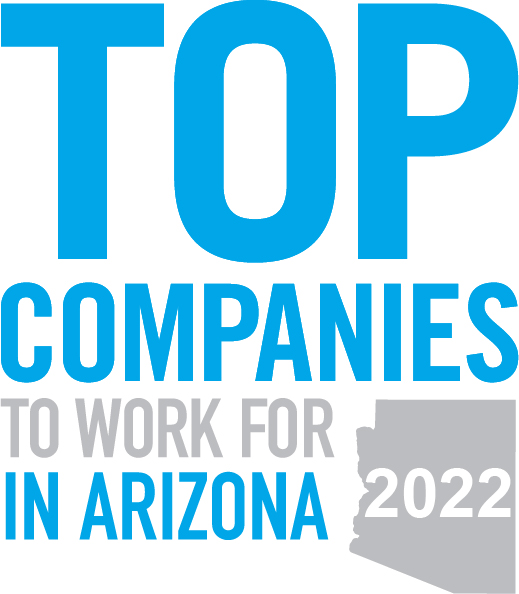
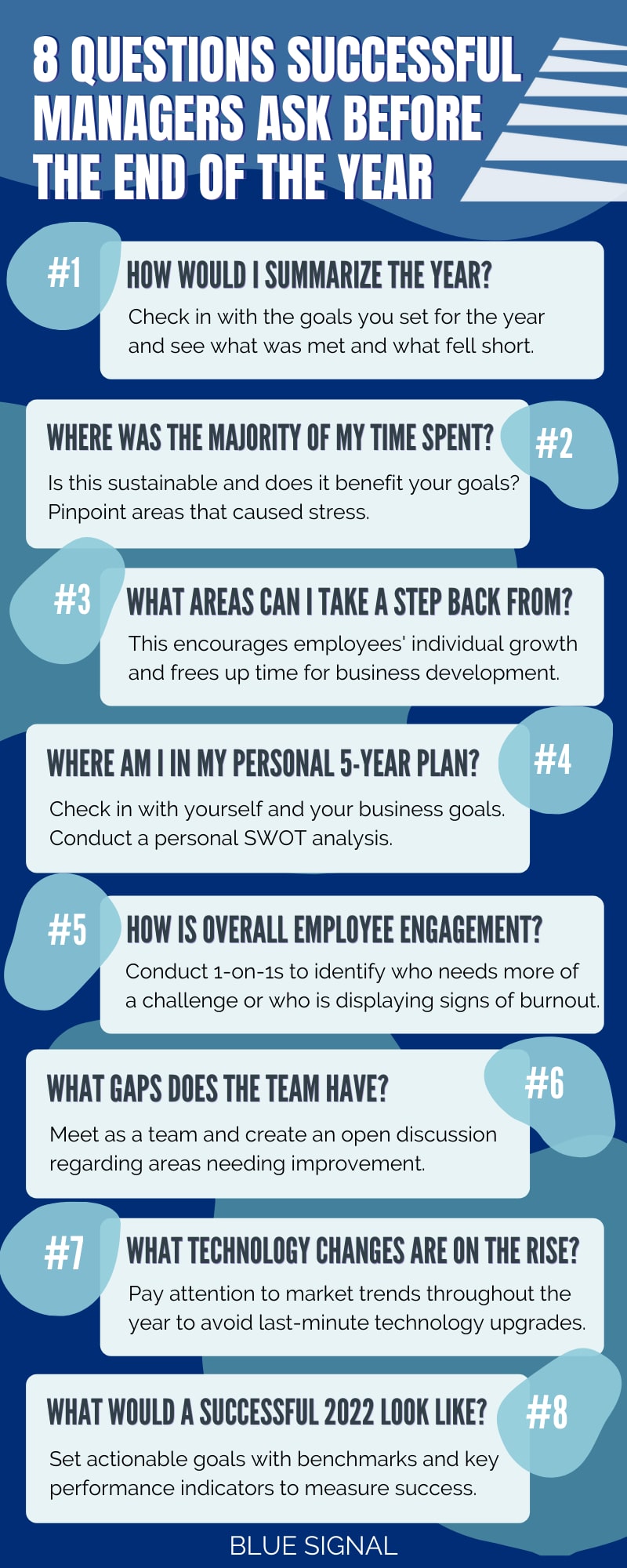

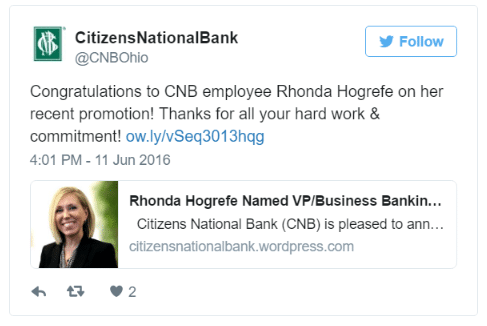
 You can’t monitor everything (nor should you want to), but you can get an idea of your employees’ social media habits before and after you hire them. Trying to shut people down will only fan the flames.
You can’t monitor everything (nor should you want to), but you can get an idea of your employees’ social media habits before and after you hire them. Trying to shut people down will only fan the flames.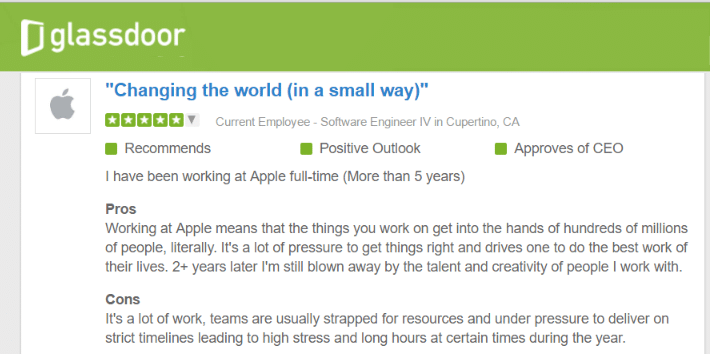



![[Image: iPhone progression]](https://bluesignal.com/wp-content/uploads/2017/04/iphone-evolution-touchscreen.jpg)

 Give plenty of warning. Never surprise someone with a performance review. Preferably set them at regular intervals through the year so that employees know when they are coming up.
Give plenty of warning. Never surprise someone with a performance review. Preferably set them at regular intervals through the year so that employees know when they are coming up.

 If the situation arose due to your mistake, own it and provide an action plan (if appropriate) to correct what went wrong. Rather than insisting on fairness, list the positive results that you can achieve and how you plan to get there.
If the situation arose due to your mistake, own it and provide an action plan (if appropriate) to correct what went wrong. Rather than insisting on fairness, list the positive results that you can achieve and how you plan to get there.
